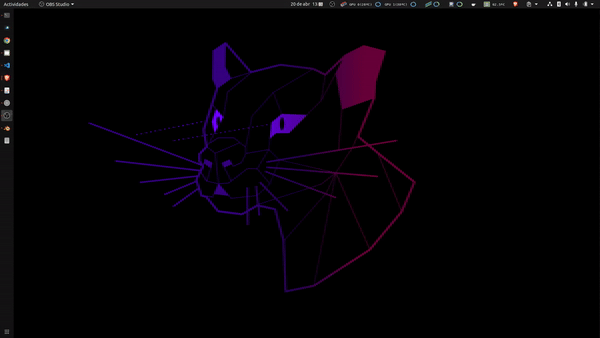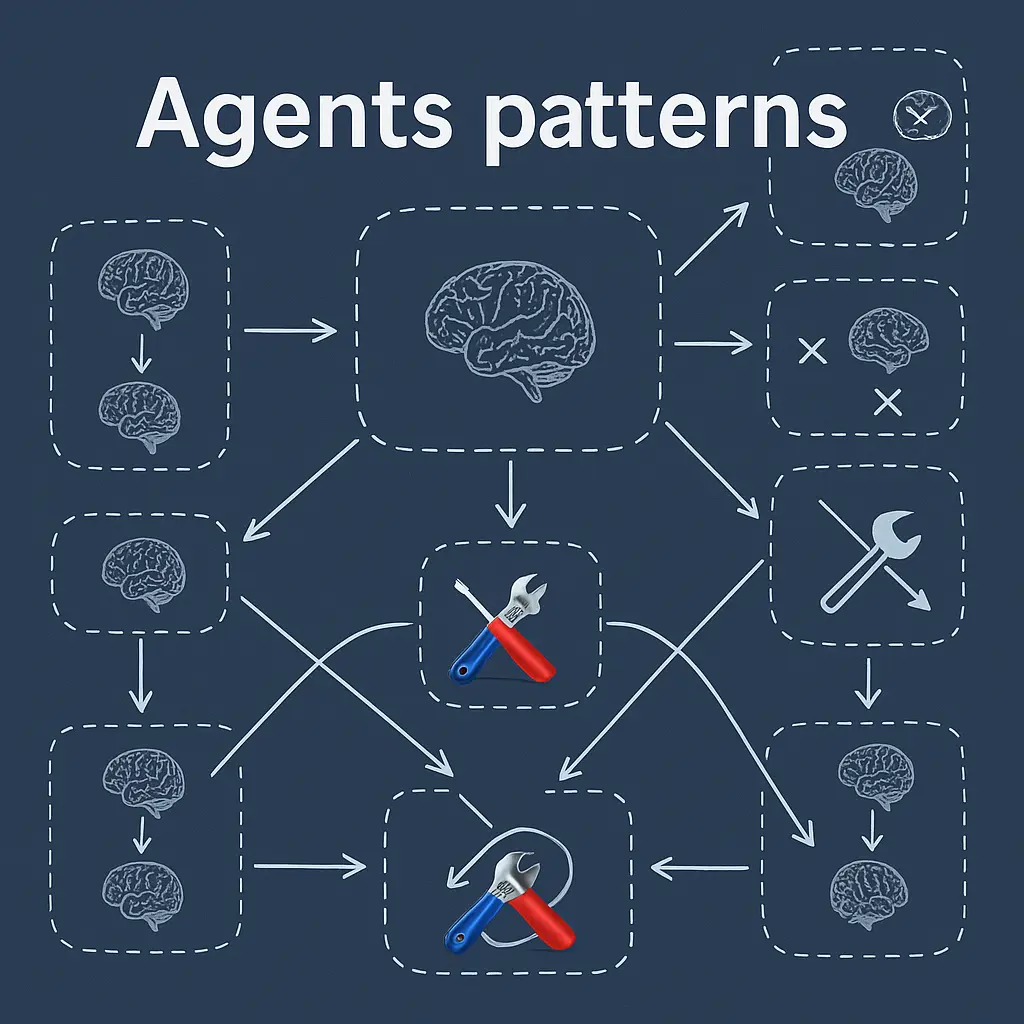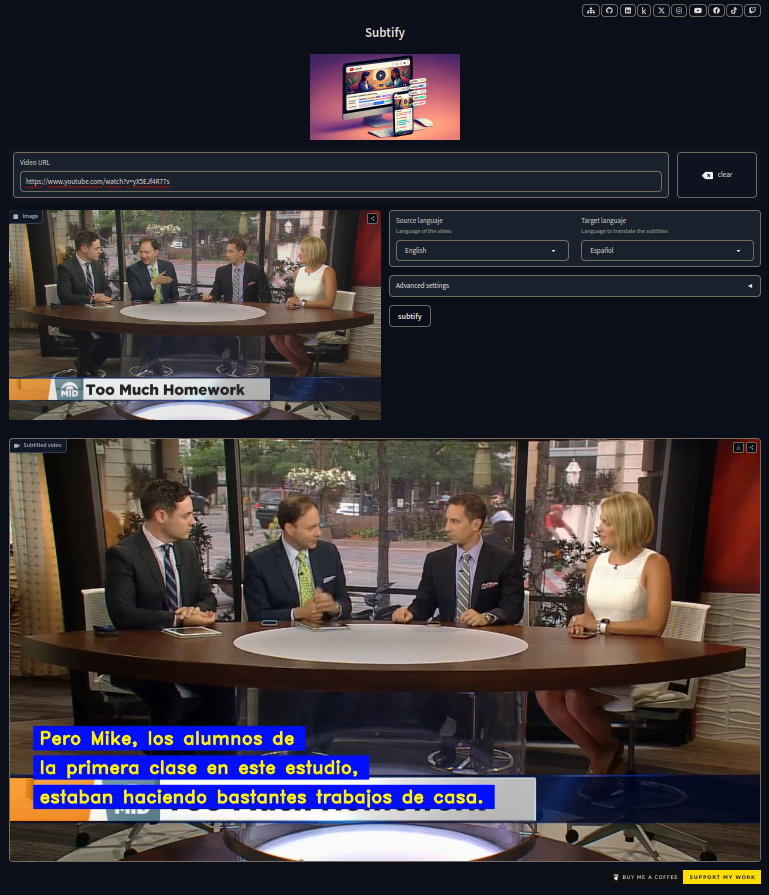Agents patterns
Are your agents falling short? Elevate your AI projects with advanced patterns: ReAct, planning, multi-agents, and more. Practical guide with code!
The Ultimate Real-Time GPU Tracking Tool
Monitor your GPU's performance, temperature, and memory usage directly from your Ubuntu menu bar with GPU Monitor. This user-friendly and efficient application supports multiple GPUs and is fully integrated with the latest Ubuntu operating system. Get live updates and optimize your gaming or development tasks. Download now and take control of your GPU's health today!

GPU Monitor is an intuitive tool designed for developers, gamers, and professionals who need to keep an eye on their graphics card's performance and health in real time. It integrates seamlessly with the Ubuntu menu bar, providing essential information at your fingertips.
Clone with https
git clone https://github.com/maximofn/gpu_monitor.git
or with ssh
git clone git@github.com:maximofn/gpu_monitor.git
Make sure that you do not have any venv or conda environment installed
if [ -n "$VIRTUAL_ENV" ]; thendeactivatefiif command -v conda &>/dev/null; thenconda deactivatefi
Now install the dependencies
sudo apt-get install python3-gi python3-gi-cairo gir1.2-gtk-3.0sudo apt-get install gir1.2-appindicator3-0.1pip3 install nvidia-ml-py3pip3 install pynvml
Execute this script
./add_to_startup.sh
Then when you restart your computer, the GPU Monitor will start automatically.
If you like it consider giving the repository a star ⭐, but if you really like it consider buying me a coffee ☕.


Are your agents falling short? Elevate your AI projects with advanced patterns: ReAct, planning, multi-agents, and more. Practical guide with code!

🚀 Revolutionize your AI agents! 🧠 LangGraph is not just another library, it's the orchestration framework that gives you total control to build complex agents, with long-term memory and even human intervention! Say goodbye to basic chatbots, it's time to create true intelligence. Dive into this post and discover it!

Learn how to create virtual environments with uv, a package manager and environment for Python written in Rust, which makes it very fast. If you have had problems with the waiting times using conda, or want a faster and easier alternative to venv, enter and see how to use uv.






Hugging Face spaces allow us to run models with very simple demos, but what if the demo breaks? Or if the user deletes it? That's why I've created docker containers with some interesting spaces, to be able to use them locally, whatever happens. In fact, if you click on any project view button, it may take you to a space that doesn't work.






Dataset with jokes in English
Dataset with translations from English to Spanish
Dataset with Netflix movies and series